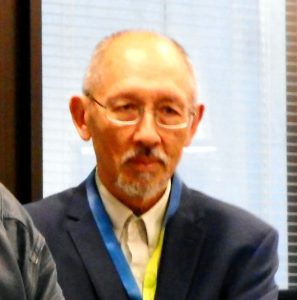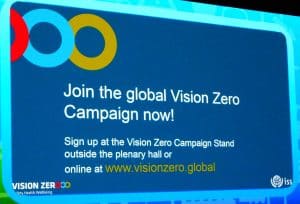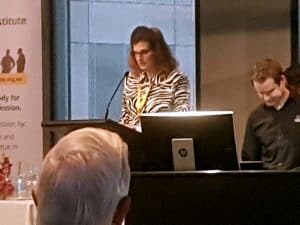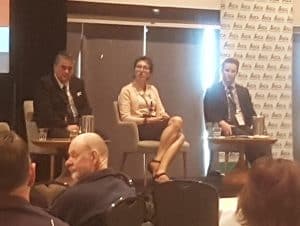 The ideal outcome of attending a safety conference or seminar is to hear something new, some innovation that inspires, or gain a hint for a potential opportunity. In occupational health and safety (OHS) this rarely happens. So the most common outcome is clarification or reinforcement. This was my experience at a Professor Erik Hollnagel seminar in Melbourne on October 3, 2017.
The ideal outcome of attending a safety conference or seminar is to hear something new, some innovation that inspires, or gain a hint for a potential opportunity. In occupational health and safety (OHS) this rarely happens. So the most common outcome is clarification or reinforcement. This was my experience at a Professor Erik Hollnagel seminar in Melbourne on October 3, 2017.
Hollnagel’s Safety II concept has been round for several years now and has had considerable influence on the thinking of OHS professionals, if no one else. Safety II has generated several commercial and academic offshoots that provide hope for a more realistic and practical application of safety principles.

 There is an increased blurring between the workplace, work and mental health. In the past, work and life were often split implying that one had little to do with the other except for a salary in return for effort and wellness in preparation for productiveness. This split was always shaky but was convenient for lots of reasons, one of which was the management of occupational health and safety (OHS). However that perceptual split is over, now that mental health has come to the fore in many OHS considerations.
There is an increased blurring between the workplace, work and mental health. In the past, work and life were often split implying that one had little to do with the other except for a salary in return for effort and wellness in preparation for productiveness. This split was always shaky but was convenient for lots of reasons, one of which was the management of occupational health and safety (OHS). However that perceptual split is over, now that mental health has come to the fore in many OHS considerations. The launch of a “Vision Zero” campaign about occupational health and safety (OHS) was a major element of the recent
The launch of a “Vision Zero” campaign about occupational health and safety (OHS) was a major element of the recent  WorkSafe Victoria’s Executive Director, Health and Safety ,
WorkSafe Victoria’s Executive Director, Health and Safety , 
